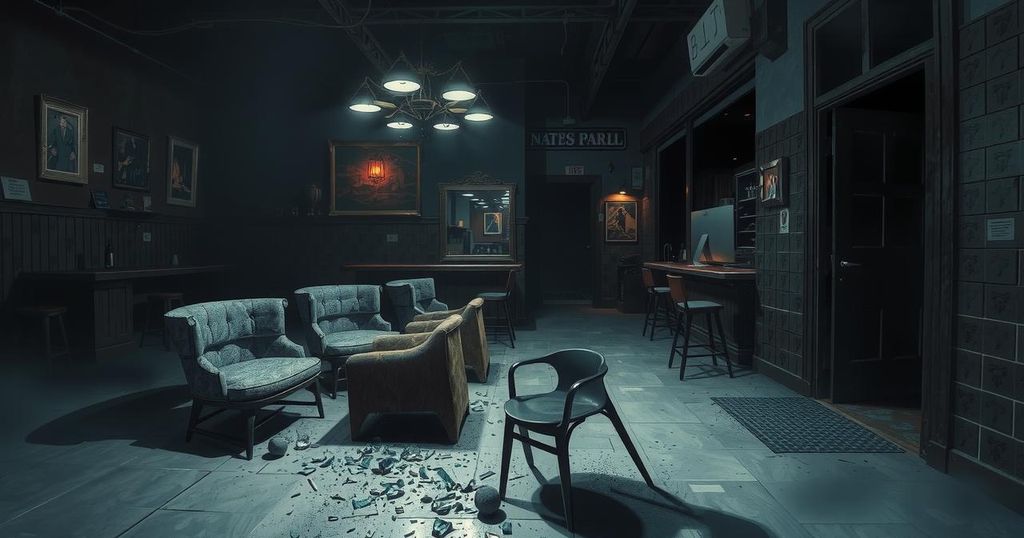Exploring Cambodian Crimes and Redemption in Film ‘Loot’
The film “Loot: A Story of Crime & Redemption” by Don Millar documents the looting of Cambodian artifacts during the civil war. It contrasts rural Cambodia with elite art markets, advocating for cultural preservation. Following its three-year production, the documentary premiered at the Cambodian International Film Festival, confronting the moral implications of artifact collection.
“Loot: A Story of Crime & Redemption” is a poignant documentary directed by Don Millar, chronicling the theft of artifacts known as “blood antiquities” amid Cambodia’s civil war. The film traverses the journey from rural Cambodian villages to prestigious art galleries in New York and London, highlighting the cultural and historical significance of these stolen items.
After three years of dedication, the documentary was unveiled at the 14th Cambodian International Film Festival in Phnom Penh. Director Millar discussed the extensive process behind creating this powerful narrative, aiming to raise awareness about the ongoing issues surrounding repatriation and the cultural violence inflicted during war.
The storyline emphasizes the impact of looting on Cambodian heritage and the moral responsibility of art collectors globally. It starkly contrasts Cambodia’s rich history with the exploitation of its culture, urging viewers to reflect on the consequences of war and the value of preservation.
The film “Loot” serves as a critical examination of the theft of cultural artifacts from Cambodia during a tumultuous historical period. Through its exploration of the relationship between art, crime, and redemption, it not only raises awareness about the significance of protecting heritage but also calls for accountability among art collectors. Ultimately, the documentary reinforces the importance of preserving history and culture in the face of adversity.
Original Source: thediplomat.com




Post Comment